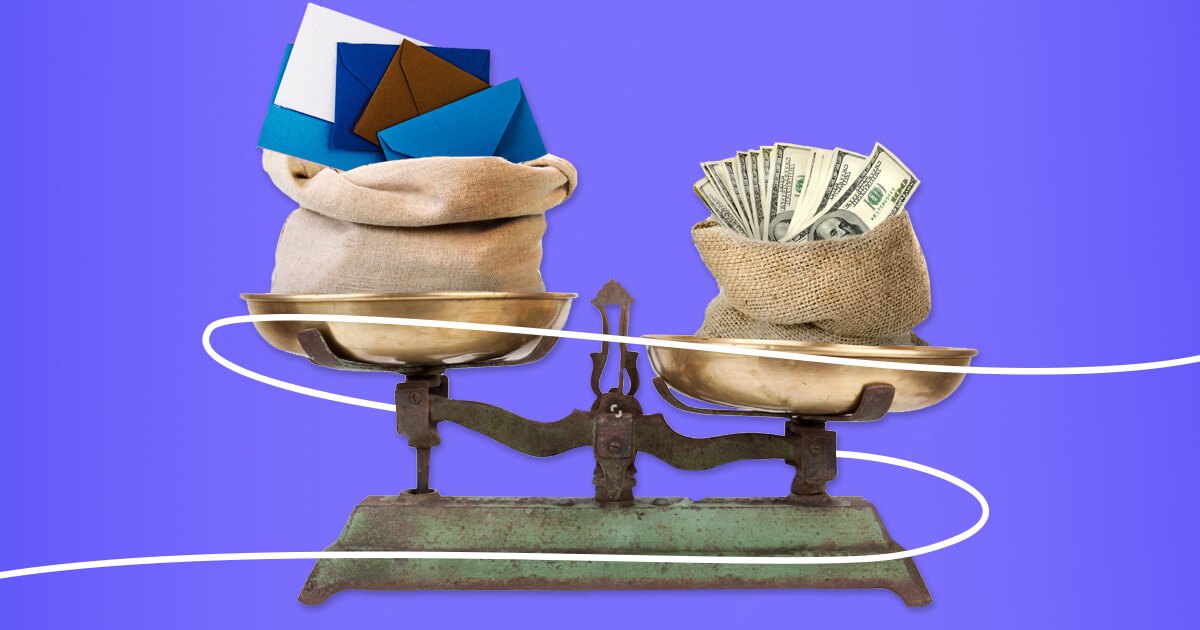How to build an email list on your own
There are many ways to collect email addresses, but the best way is to do it yourself. This way you can be sure that the people on your list actually want to receive your emails. It may take more time and effort than other methods, but it will pay off in the end. Plus, you won’t have to worry about ending up on a blacklist.
The main rule when building your own list of addresses — the user must leave their contact voluntarily. Follow the tips below so that your email list is full of valid addresses of subscribers who are most interested in what your company offers.
Create a pop-up form on your website
If you don’t have an email list but have a website, you can collect contacts by setting up a subscription form. To get maximum attention, use pop-up forms.
They are usually triggered by a user action, such as:
- When a person spends a certain amount of time on the page.
- When a person reaches a certain point on the page.
- When a person hovers their cursor over the exit button.
When one of these conditions is met, a pop-up form will appear with an offer to leave an email address. These forms can offer something useful in exchange for an address, such as a free downloadable product, or without it.
























